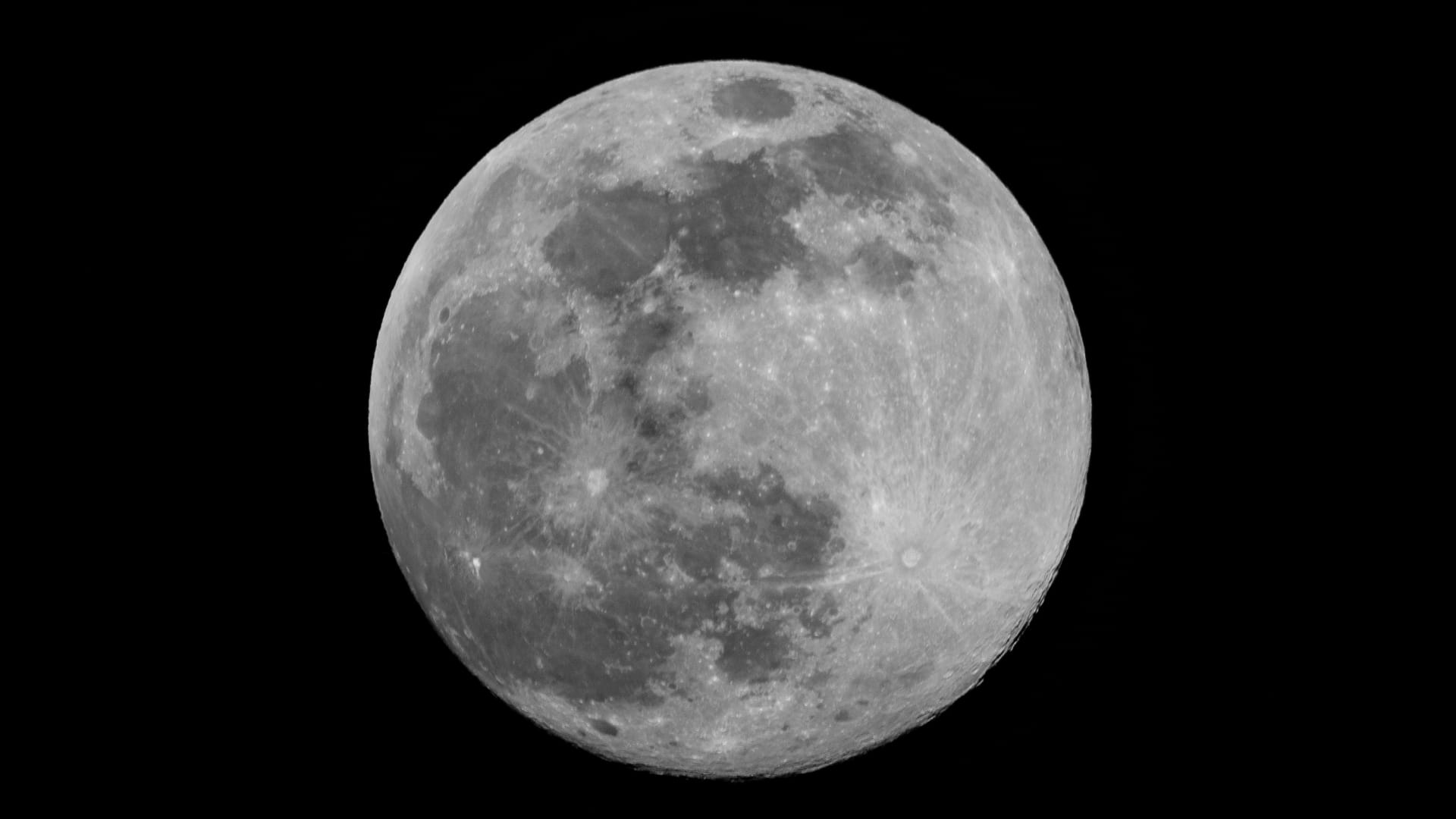UK backs Rolls-Royce project to build a nuclear reactor on the moon

Rolls-Royce has been working on a Micro-Reactor program “to develop technology that will provide power needed for humans to live and work on the Moon.”
Lorenzo Di Cola | Nurphoto | Getty Images
LONDON — The UK Space Agency said Friday it would back research by Rolls-Royce looking at the use of nuclear power on the moon.
In a statement, the government agency said researchers from Rolls-Royce had been working on a Micro-Reactor program “to develop technology that will provide power needed for humans to live and work on the Moon.”
The UKSA will now provide £2.9 million (around $3.52 million) of funding for the project, which it said would “deliver an initial demonstration of a UK lunar modular nuclear reactor.”
The new money builds upon £249,000 provided by the UKSA to fund a study in 2022.
“All space missions depend on a power source, to support systems for communications, life-support and science experiments,” it said.
“Nuclear power has the potential to dramatically increase the duration of future Lunar missions and their scientific value.”
Rolls-Royce is set to work with a range of organizations on the project, including the University of Sheffield’s Advanced Manufacturing Research Centre and Nuclear AMRC, and the University of Oxford.
“Developing space nuclear power offers a unique chance to support innovative technologies and grow our nuclear, science and space engineering skills base,” Paul Bate, chief executive of the UK Space Agency, said.
Bate added that Rolls-Royce’s research “could lay the groundwork for powering continuous human presence on the Moon, while enhancing the wider UK space sector, creating jobs and generating further investment.”
According to the UKSA, Rolls-Royce — not to be confused with Rolls-Royce Motor Cars, which is owned by BMW — is aiming “to have a reactor ready to send to the Moon by 2029.”
Dhara Patel, space expert at the National Space Centre in Leicester, England, told CNBC that humans returning to the moon would need “a reliable power source” so astronauts could “live and work on our lunar neighbour for long-term missions.”
“Solar power would seem an obvious choice but the Moon’s rotation results in a two-week day followed by a fortnight of darkness or night time — not ideal,” Patel went on to explain.
“With little air and no liquid water on the surface, other renewable sources of energy aren’t possible,” she said. “Nuclear power could enable a continuous source of power regardless of the physical environment and conditions on the lunar surface.”
Using nuclear power on the moon, Patel noted, could boost the lifetime of lunar missions.
“What will require careful consideration is the nuclear fuel that will be used to generate heat, how it will be responsibly sourced along with how efficiently the new technology will generate electricity from the process and manage the radioactive waste.”
“The extra funding from UKSA will hopefully allow Rolls-Royce to explore these areas and develop the best systems possible.”
The news out of the U.K. comes at a time when NASA is pushing ahead with its Artemis program, which is focused on creating what it calls a “sustainable presence on the Moon to prepare for missions to Mars.”
NASA is working with international and commercial partners on Artemis. In July 1969, Neil Armstrong became the first person to set foot on the moon.